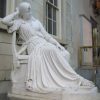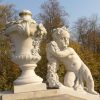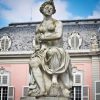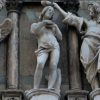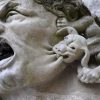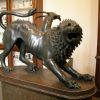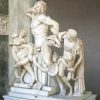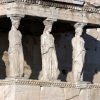What is Neoclassical and Romantic Sculpture?
Definition of Neoclassical and Romantic Sculpture The age of Neoclassicism and Romanticism both span roughly the late 18th and early 19th centuries. These movements flourished throughout Western Europe (especially in the North), the United States, and to a lesser extent Eastern Europe. Similarly, two main forces contributed to the rise of Neoclassicism: the reaction against… read more »

